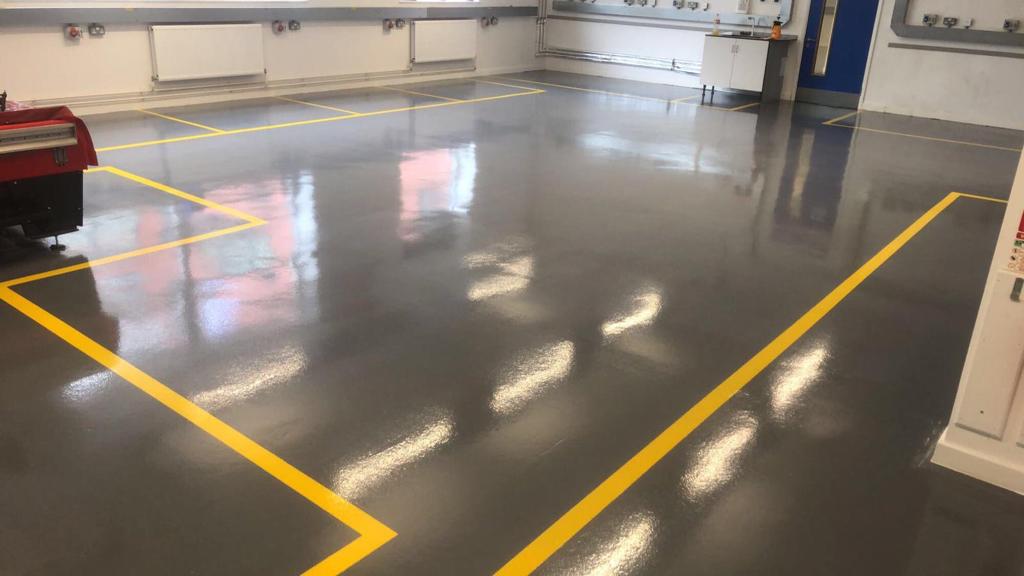Understanding the Perks of Anti-Static Flooring for Your Enterprise

In the current rapidly evolving technological world, the importance of a protected and effective work environment cannot be overemphasized. One key element frequently neglected in such settings is the flooring, specifically, ESD-preventive flooring. This innovative flooring solution is essential in environments where static electricity is a hazard, not just to the equipment, but also to the safety and well-being of the personnel.
What is Anti-Static Flooring?
Anti-static flooring is crafted to reduce static electricity formation, a common and hazardous occurrence in many industrial environments. This type of flooring realizes this by incorporating conductive materials that discharge static charges, thereby reducing the risk of static shock and safeguarding sensitive electronic equipment from static damage.
Why is Anti-Static Flooring Essential?
Protection of Sensitive Equipment: In industries where electronic components are common, such as IT, telecommunications, and healthcare, static electricity can be a nightmare. Anti-static flooring assists in safeguarding these fragile components from electrostatic discharges (ESD), which can cause considerable damage or data loss.
Enhanced Workplace Safety: Static electricity can not only harm equipment but also pose a serious safety risk to employees. It can cause sudden shocks, leading to injuries. Anti-static flooring minimises this risk, adding to a better work environment.
Compliance with Industry Standards: Many industries have strict regulations regarding ESD. Using anti-static flooring helps businesses adhere with these standards, evading potential legal issues and showing a commitment to best practices.
Types of Anti-Static Flooring
There are various types of anti-static flooring available, each tailored to different demands and environments. Common types include anti-static vinyl flooring, ESD carpet tiles, and conductive rubber flooring. The choice often depends on factors such as the level of static protection required, the type of environment (cleanroom, office, manufacturing floor, etc.), and budget considerations.
Installation and Maintenance
Installing anti-static flooring necessitates professional expertise to ensure it performs effectively. It often involves laying down a conductive sublayer before the flooring itself. Maintenance is generally straightforward but essential. Regular cleaning with more info appropriate products is necessary to maintain its anti-static properties.
In conclusion, anti-static flooring is an essential component in any modern business environment where electronic equipment and safety are foremost. By opting for high-quality anti-static flooring, businesses can protect their equipment, ensure the safety of their employees, and adhere to industry standards. It's an investment that is rewarding in the long run, both in terms of operational efficiency and workplace safety.
http://tinyurl.com/mr24sr3m